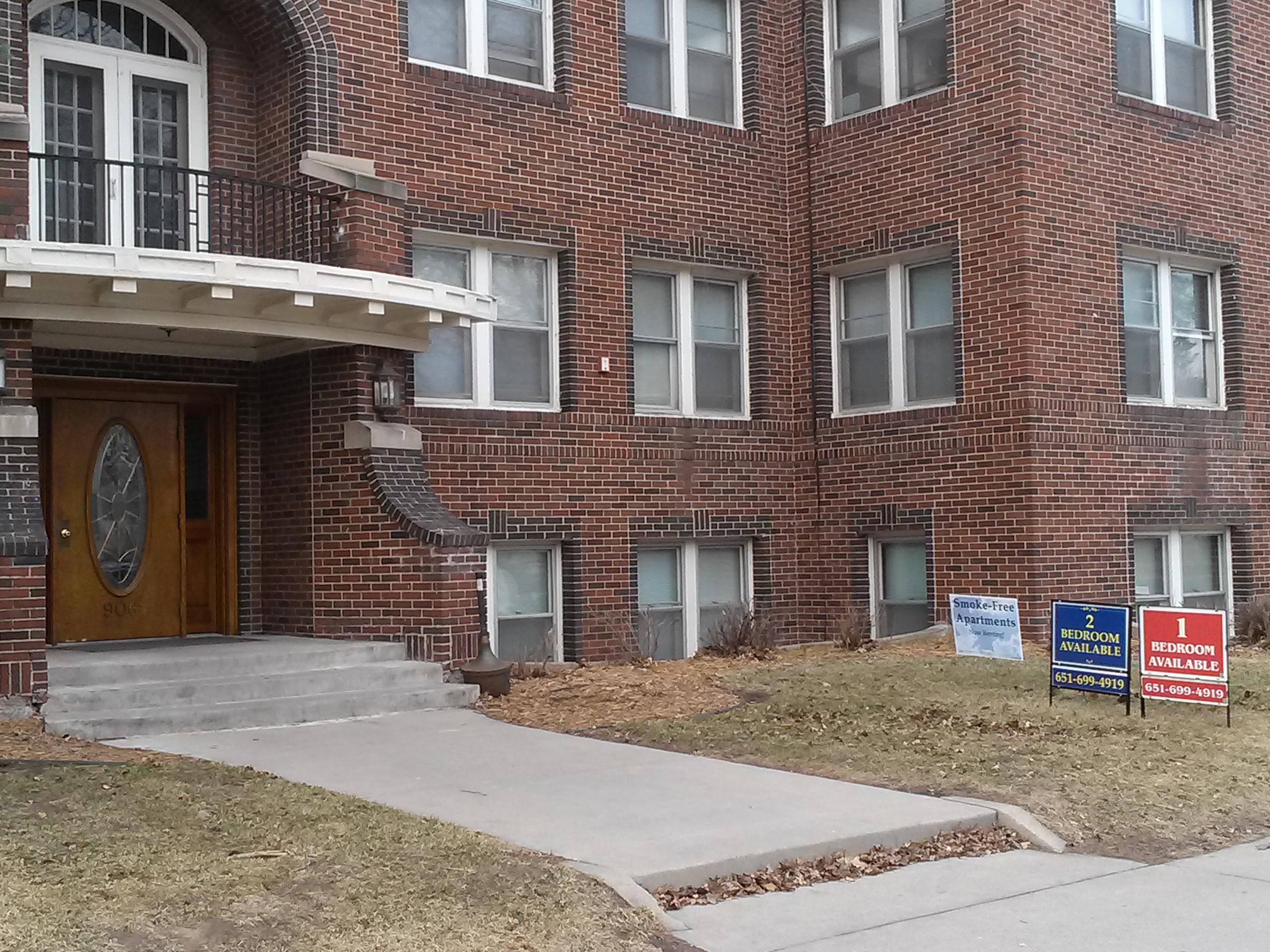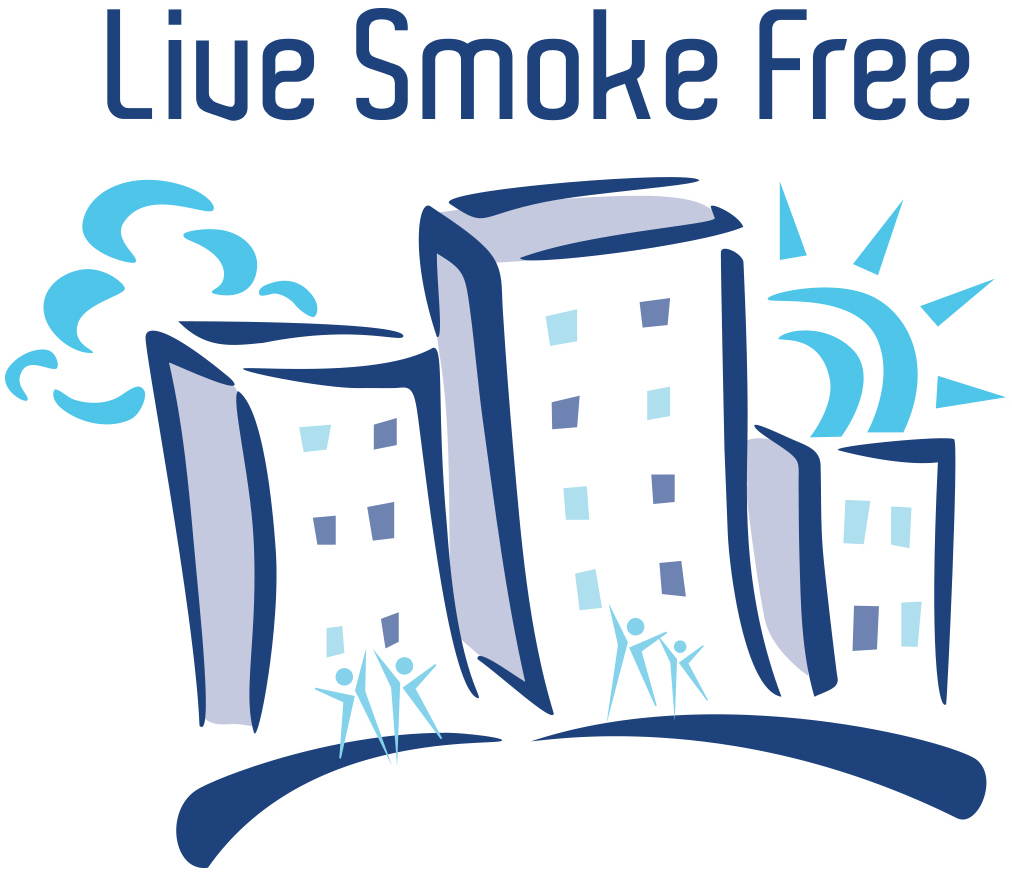
Minneapolis and St. Paul Expand Smoke-Free Housing Criteria for Low Income Housing Tax Credit Programs
The Low-Income Housing Tax Credit (LIHTC) program incentivizes housing developers throughout Minnesota to develop housing projects that include a smoke-free policy. The LIHTC program is a federal financing program for qualified residential rental properties. The LIHTC program offers investors a reduction in tax liability in exchange for capital to build eligible affordable rental housing units in new construction, rehabilitation, or acquisition with rehabilitation.
LIHTCs are available throughout Minnesota. Minnesota Housing manages LIHTCs statewide and sub-allocates LIHTCs in four communities: Dakota County, Minneapolis, St. Paul, and Washington County. Each sub-allocator determines how to allocate LIHTCs in their region and Minnesota Housing determines how to allocate HTCs in the rest of the state.
Each allocator of LIHTCs in Minnesota lists smoke-free housing as a priority in their selection criteria. This increases smoke-free housing opportunities for low-income renters, keeps maintenance costs and fire risk low for property owners/managers, and promotes health equity in a community’s housing stock.
In June 2023, two sub-allocators, the cities of Minneapolis and St. Paul, expanded their smoke-free housing criteria. Previously, smoke-free housing was included as a scoring standard only for the 9% housing tax credit. The new 2024-2025 scoring standards now include smoke-free housing for the 4% housing tax credit as well.
Basic Differences Between 9% and 4% Low Income Housing Tax Credits
| Tax Credit | Subsidy Amount | Typically Used For: |
| 9% | 70% of a project’s total equity | New construction and substantial rehabilitation |
| 4% | 30% of a project’s total equity | Property acquisition and rehabilitation |
Minneapolis’s 4% Smoke-Free Housing Standard
Non-Smoking Policy (1 point)
One (1) point will be awarded to projects that have a policy prohibiting smoking of commercial tobacco (including the use of electronic delivery devices) for all apartment units and common areas of the project. The applicant must develop and maintain a written occupancy policy that prohibits smoking in all apartment units and in all common areas of the project. The project must include a non-smoking clause in the lease for each unit.
St. Paul’s 4% Smoke-Free Housing Standard
Non-Smoking Policy (1 point)
The project will institute and maintain a written policy prohibiting smoking in all units and all common areas within the building(s) of the project. The written policy, submitted after selection during the due diligence process, must include procedures regarding transitioning to smoke free for existing residents and establishment of smoking areas outside of units and common areas, if applicable. Consequences for violating the smoke free policy are determined by the owner but must be included in the written policy. The project must include a nonsmoking clause in the lease for every household. Projects awarded a point in this scoring criteria may be required to maintain the smoke free policy for the term of the LURA.
Supporting Data
Local surveys in 2021 and 2022 show that Minneapolis owners and managers of subsidized housing support smoke-free housing policies and citywide initiatives to address the issue.
- Seventy-three percent of respondents support a citywide policy requiring property owners/managers to disclose the smoking policy to potential residents prior to lease signing. (report)
- Sixty-three percent of respondents support a citywide policy requiring apartment buildings to have a smoke-free (no-smoking) policy that covers all indoor areas. (report)
- Seventy-eight percent of respondents support some type of incentive to adopt a smoke-free policy. (report)
- A majority of respondents (67%) said they would support requiring smoke-free policies for properties to receive Low Income Housing Tax Credits. (report)
A 2019-2020 survey in Ramsey County (where St. Paul is located) found that residents also support smoke-free housing policies. Seventy-nine percent (79%) of respondents would support a smoke-free policy for their building and the majority would support a citywide ordinance requiring all multi-unit housing to be smoke free (84% in smoke-free properties; 72% in smoking-permitted properties). (report)
History of Smoke-Free Housing in Minnesota Housing Tax Credit Programs
Minneapolis and St. Paul were the first LIHTC allocators in Minnesota to adopt a smoke-free housing scoring standard for their 9% housing tax credits in 2008. Since then, MN Housing, Washington County, and Dakota County, followed. In 2020, Minneapolis and St. Paul updated the smoke-free standards for their housing tax credit programs to include e-cigarettes and make a distinction between commercial tobacco and traditional tobacco which has been used in sacred ways by Indigenous communities and tribes for centuries. In 2018 and 2019 respectively Washington County and Dakota County made smoke-free housing a required criteria for their tax credit programs.
Learn More
- Minneapolis and St. Paul Update Low Income Housing Tax Credit Programs (2020)
- Low Income Housing Tax Credits in Minnesota – Live Smoke Free
- Low Income Housing Tax Credits – U.S. Department of Housing and Urban Development
- Low Income Housing Tax Credits – National Housing Law Project
This work is supported by the Statewide Health Improvement Partnership of Minneapolis Health Department and Saint Paul – Ramsey County Public Health and the Minnesota Department of Health.
